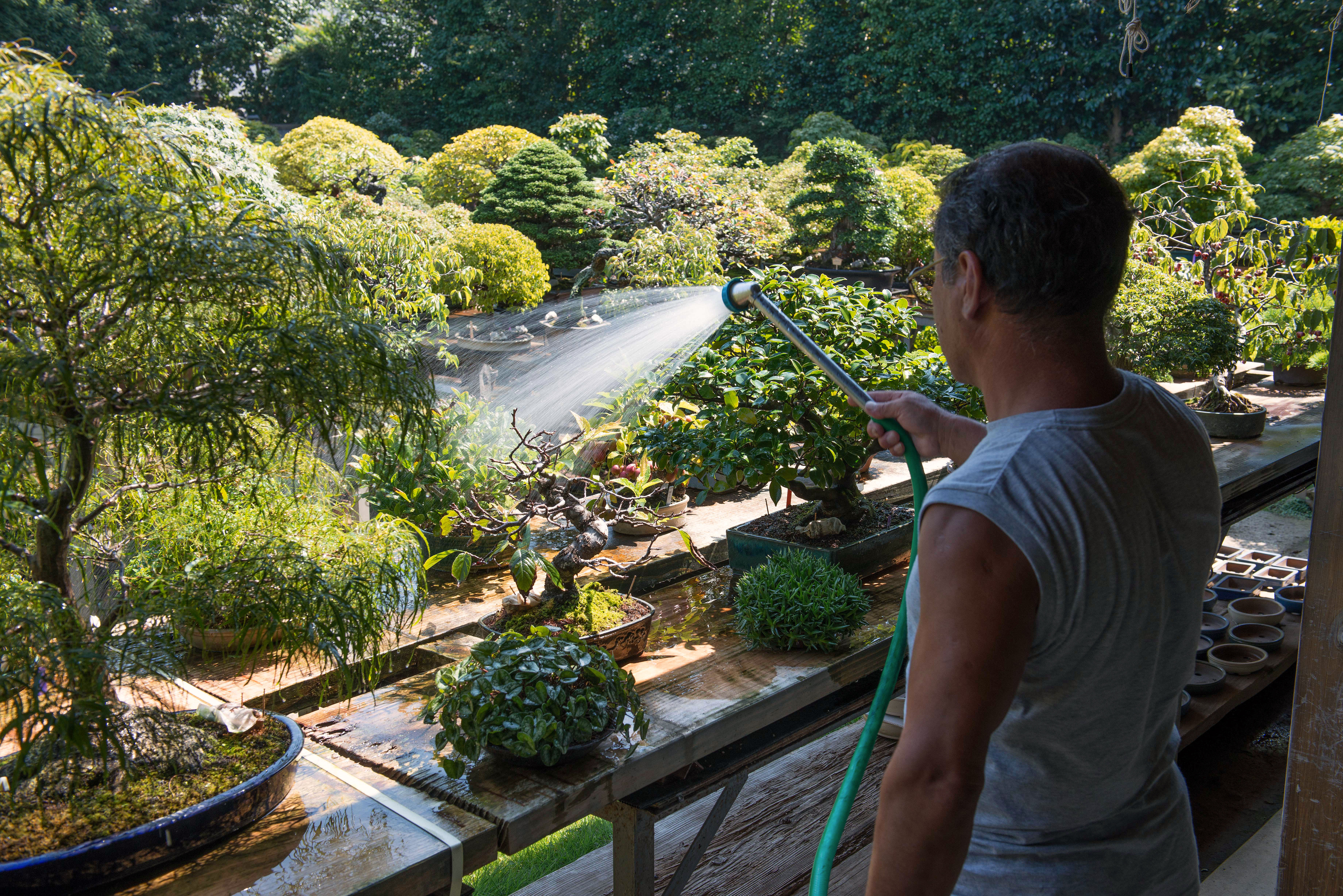Omiya is one of greater Tokyo's rare pockets of residential comfort that can accurately be defined as middle class — a trait it shares with places such as Chiba's Ichikawa Mama or southwestern Tokyo's Denenchofu district.
Bonsai-mura (literally: "Bonsai Village") is a neighborhood of Omiya, Saitama Prefecture, strongly associated with the cultivation of dwarf trees, which came into existence less by intent than happenstance. Assessing the damage and losses from the 1923 Great Kanto Earthquake, bonsai growers in Tokyo's Sendagi district decided to, quite literally, uproot and relocate to nearby Saitama. Among bonsai growers, the prefecture was already known for its rich, loamy soil — just right for the cultivation of potted trees. The residential English-style garden district we see in Omiya today, developed around the setting up of the area's early bonsai nurseries.
An easy daytrip from Tokyo, the concentration of nurseries here may be the largest of its kind in Japan. Most are within a short walk of Omiya-koen Station and open to the public without appointment. Visitors can simply stroll in, admire the trees and even watch gardeners at work. This is exactly what I did on arriving at Fuyo-en, the closest nursery to the station. Hiroshi Takeyama, its owner, was watering his trees in the early morning sunlight, the spray creating small rainbows between the bonsai's miniature landscapes. The trees here — in common with other nurseries — are set out on trellis tables, with generous spaces between the displays allowing barrier-free movement for visitors.

















With your current subscription plan you can comment on stories. However, before writing your first comment, please create a display name in the Profile section of your subscriber account page.